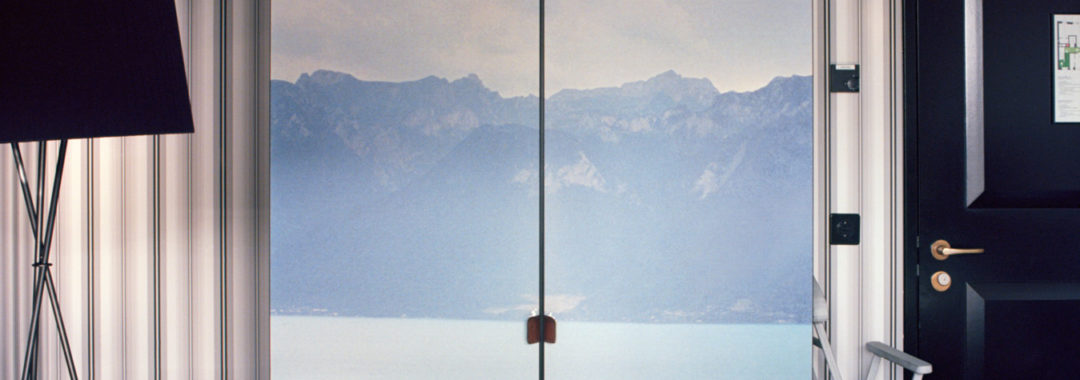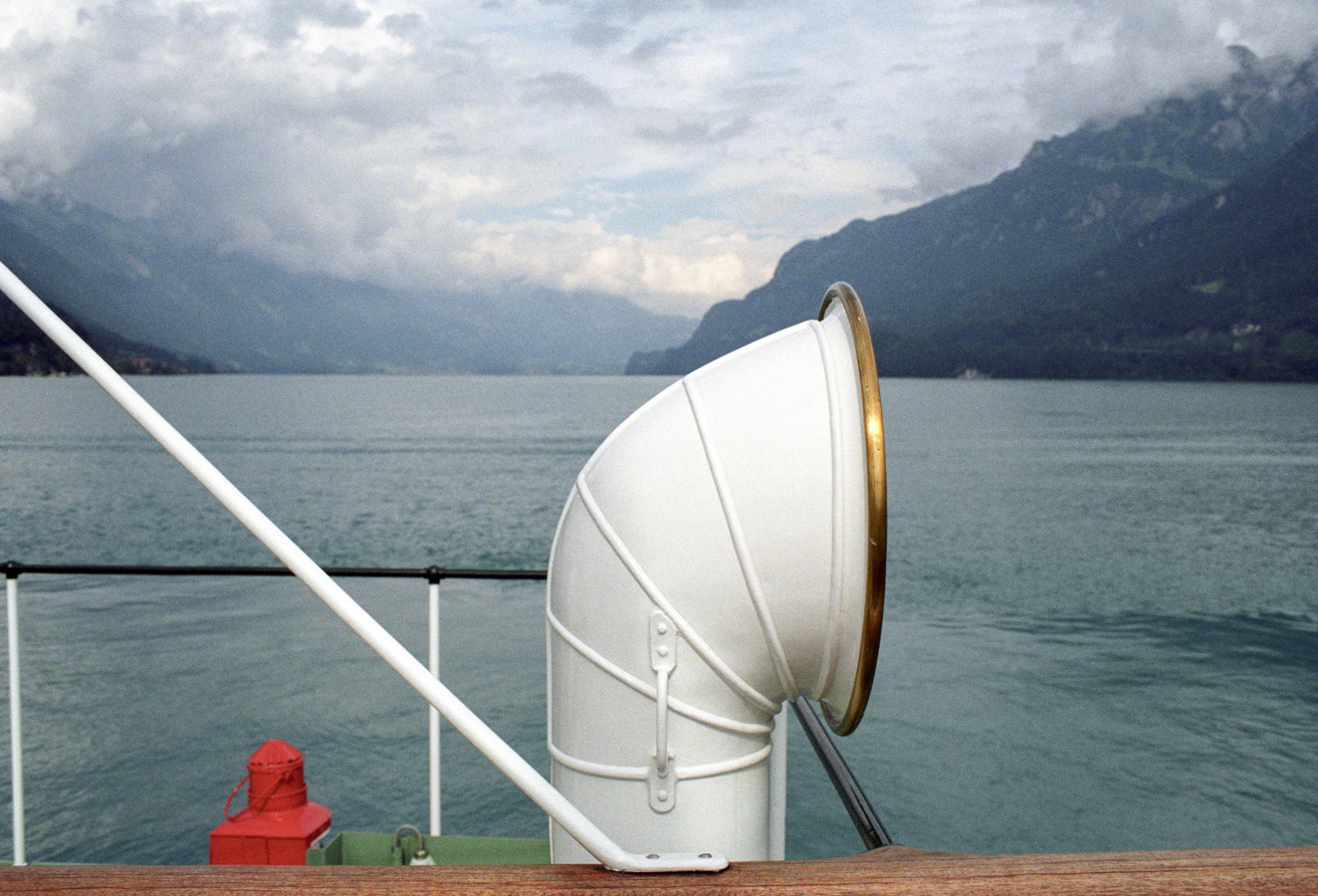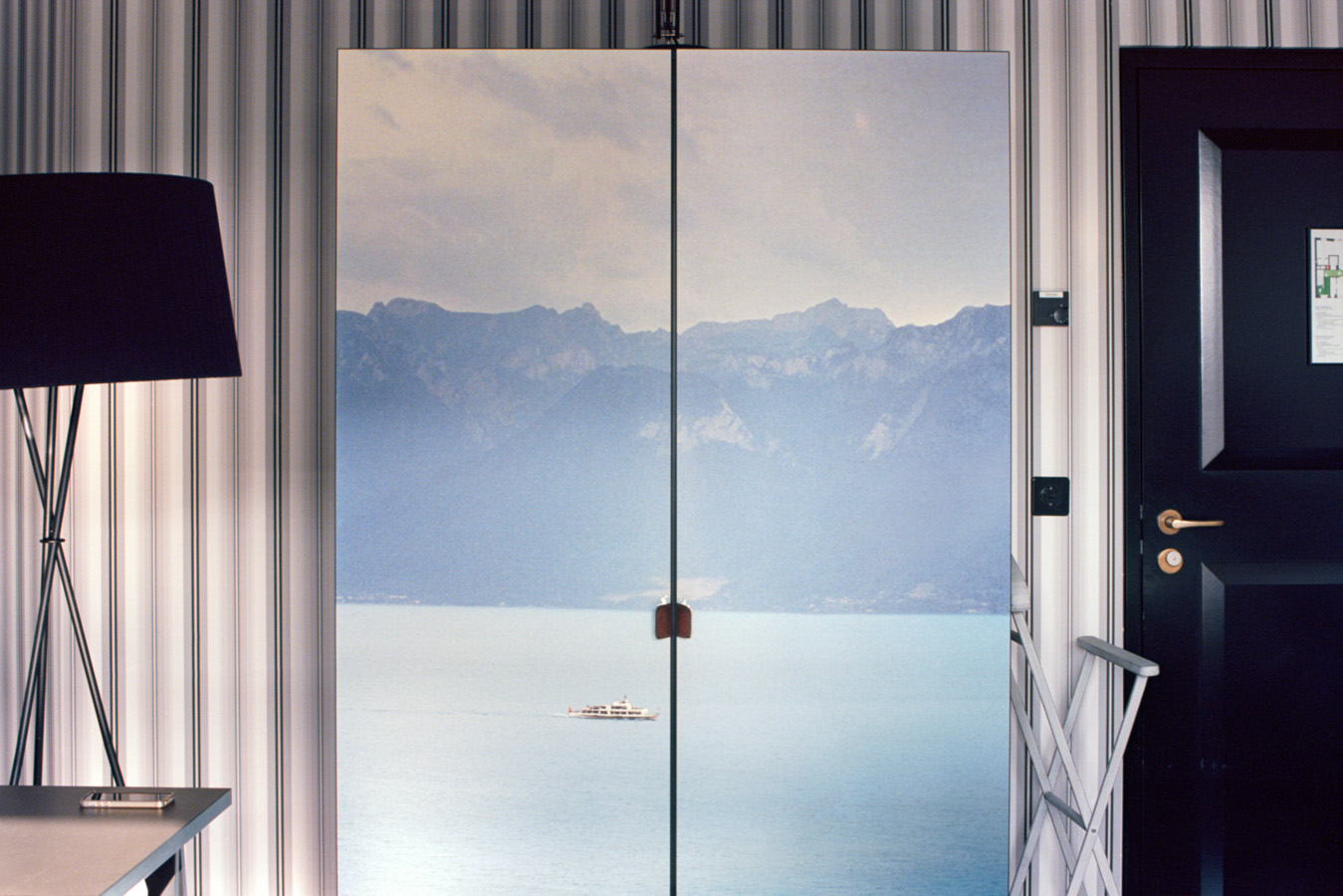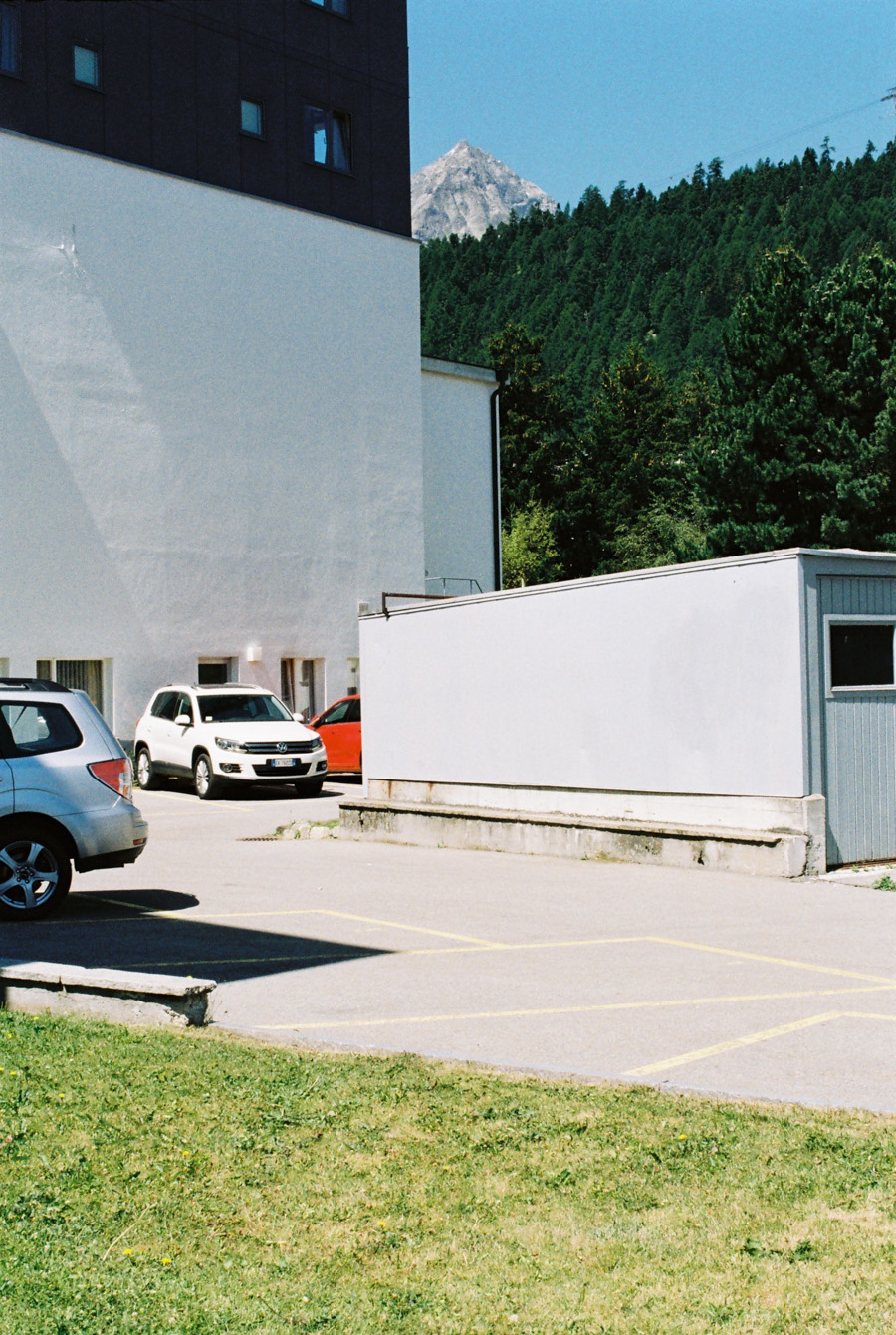“I proceed in conversation with the camera, with other photographs, with other photographers, I forget about what writing can do, I think about what photography can do.”
Fernweh is Teju Cole’s latest book published on MACK. Cole is a novelist and essayist. For four years, he wrote a monthly column for the New York Times Magazine as their photography critic. Besides writing, he is also no stranger to photographic practice and as is clearly evident in Fernweh, has found a confidence in his photographs and produced a truly impressive publication. It was good to throw some questions his way.
Sunil Shah: I’d like to start by asking about the relationship between writing and making photographs in your creative work. Some might think of them as two completely different activities, and yet for you these are inevitably connected, especially when conceptualizing the publications that have brought the two elements together: Blind Spot (2017), Human Archipelago (2019) and now, Fernweh (2020). I heard in an interview you talked about montage, as a literary device that you also use as a visual device, in seeing and composing images. I have my own thoughts on this which I will get to next, but how do you relate these disciplines? Are they two parts of a greater whole, an intellectual practice and engagement with the world?
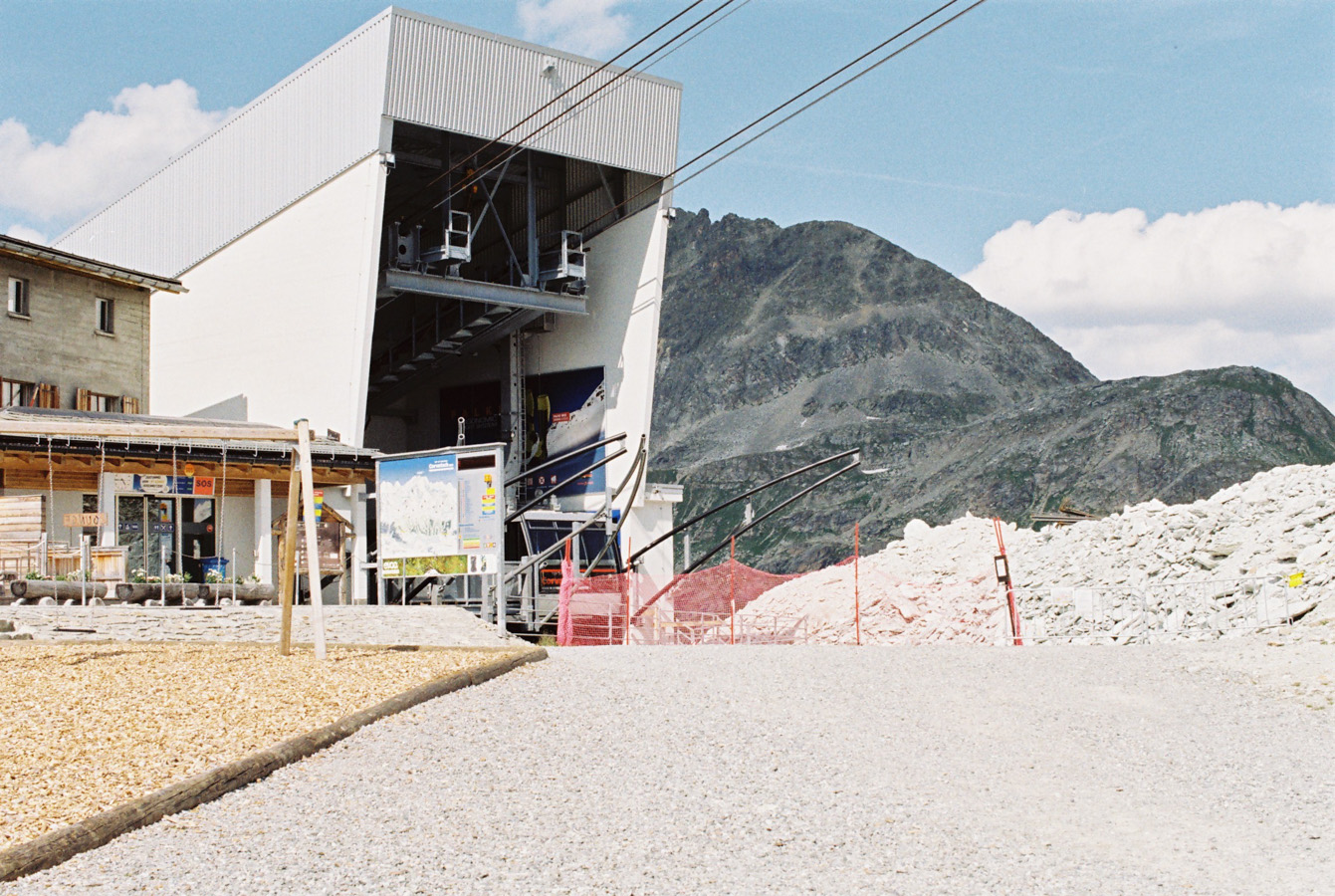
Teju Cole: There is a profound connection between photography and writing for me, a connection I have built for myself across many channels: I make books that set my photographs and my writing side by side, I write photography criticism, I embed descriptions of photographs in my fiction, and I’m even interested in photographers who are also writers (Evans, Ghirri), or writers who are also photographers (Campany). Because of these many connections, my approach to photography and to writing, which were rather far apart to begin with, have in recent years begun to sort of merge. I go to the same well to draw the sustenance I need for those practices.
But when I say this, I don’t mean that my writing and my photography are the same. They do have the same temper, they strive for some of the same effects, but each is first of all connected to the native possibilities of its respective form. When I write, for instance, I’m using words, I’m thinking of other writers, I’m pacing my paragraphs in awareness of what words can do and at what speed. Same with photography: I proceed in conversation with the camera, with other photographs, with other photographers, I forget about what writing can do, I think about what photography can do.
And that brings me, in a somewhat long-winded way, to an answer to your question about what happens when I combine the two: I don’t think the result is greater than the sum of its parts. There’s nothing wrong with writing by itself. And there’s nothing wrong with photography by itself; quite the contrary: a photo followed by a photo followed by a photo has a power that needs no additional help. What happens when I think about different ways to combine photographs and texts is that I’m hoping to create a third thing. I resist calling the result of that effort the best of both worlds. It’s a bid to create another world, one that borrows elements of these preexisting worlds.
In any case, I think it’s fair to say Fernweh is in the camp of pure photobook. There is some understated use of text in it, but, really, it’s propelled by picture-making and sequencing.
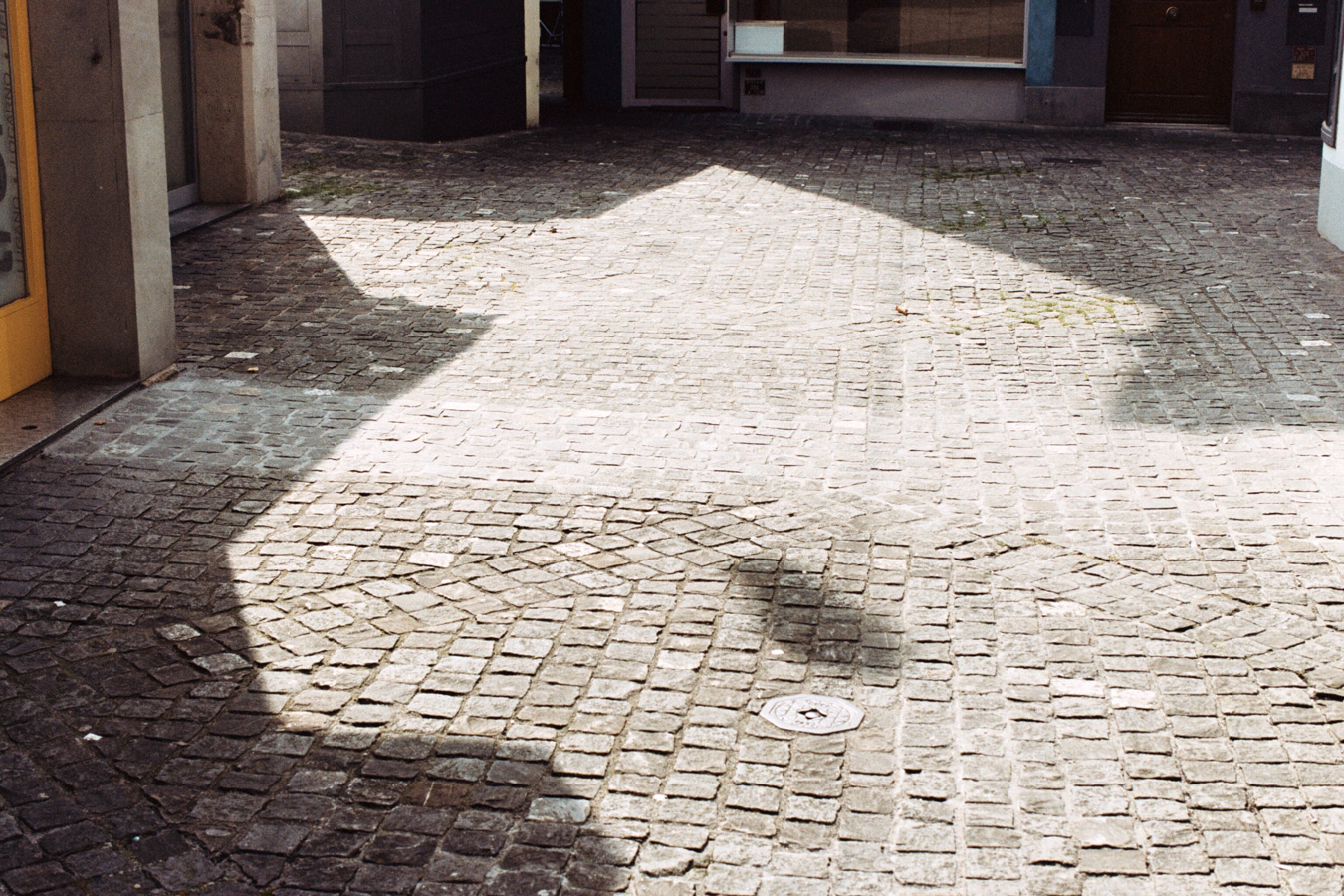
SS: There is a latitude in a pure photography book such a Fernweh, in the way it allows meaning to emerge and interpretations to be formed. The images in Blind Spot were in dialogue with your text, forming a direction in which meaning making travels. Fernweh is a more fragmentary and uncertain experience, yet there is still precision and there are still careful choices being made during its production and in its editing. It suggests a confidence in your photographs alone to make meaning, outside of textual support. Was this a leap of faith in a direction your photographs demanded of you?
TC: Absolutely so. I let go the self-imposed pressure to create spectacular images. I mean, I let that pressure go probably a decade ago, but I still felt the pressure to “explain” my unspectacular images. I think this is one of the ways social media has rotted our brains: everything moves at a faster velocity now, everything is swiftly judged by its number of likes. The impetus to make Blind Spot, even though it was an organic wish to make that “third thing,” and even though it turned out to be one of my favorite projects I’ve ever done, was also, I admit, rooted in a bit of worry about whether the images could hold the page by themselves. But then I suppose I got more confident. I probably took Fernweh through twenty iterations over a period of five years, a period in which I was both asking more and less of the individual photographic image. I’d go to the archive, which contained thousands of negatives, and create new sequences, over and over again. The first edit, made in late 2014, was pretty good. The final one, made in late 2019, drawing on many more photographs, was a bit better. But so much depends on that “a bit better”! I learned that the hum of the sequencing was no less important than the quality of each individual picture (even, or especially, when that quality was intentionally subdued).
“You gradually sublimate your influences and start doing the weird things that only you do. But I couldn’t have predetermined what my area of interest would end up being. “
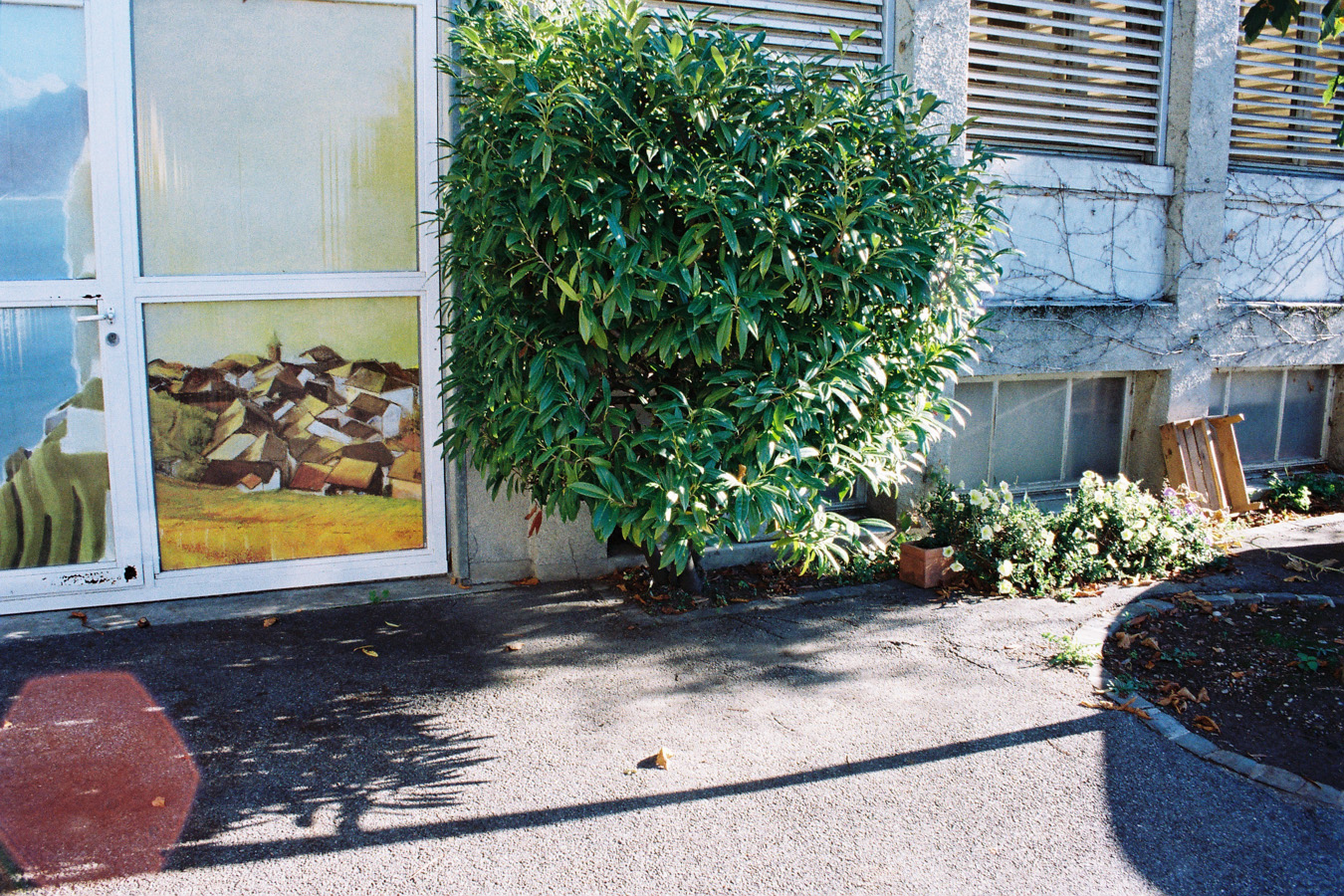
SS: Your work has a formal aesthetic style. What led you to make photographs in this way? Is it a rejection of a certain kind of knowledge production or representation in favor of another way of seeing/being? If social media represents a speeding up (and deterioration) of cognitive functions, is analogue photography, travel and steady work on developing your practice in resistance to contemporary life?
TC: It’s very strange to arrive at “a style.” When you’re younger, everything is interesting and everything seems possible. Thrilled by a photograph by Cartier-Bresson, you want to make one just like that. Moved by Candida Höfer, you want to achieve her level of cool detail. Then you see Susan Meiselas, and you want to be like that, and so on. The possibilities are limitless. But what ends up happening, if you’re serious, is that you begin to apply constraints to your practice, and you start being more stringent about whose work you’re directly responding to. I think formalists like Eggleston, Gossage, Guidi, and Brohm ended up having a startling effect on my work, as did conceptualists like Ghirri and Wentworth.
Everything is still interesting—well many things, not everything—but the work itself becomes a response to a set of constraints. And it is under these constraints that whatever modicum of originality that is there in your own work can emerge. You gradually sublimate your influences and start doing the weird things that only you do. But I couldn’t have predetermined what my area of interest would end up being. Much of my photography has been shot on color film, and I’ve frequently worked with tripods, and with a paucity of human subjects, but it could have been otherwise, and no less satisfying. It’s possible to do deep investigations with the mobile phone camera, just as it’s easy to do banal work with analogue techniques.
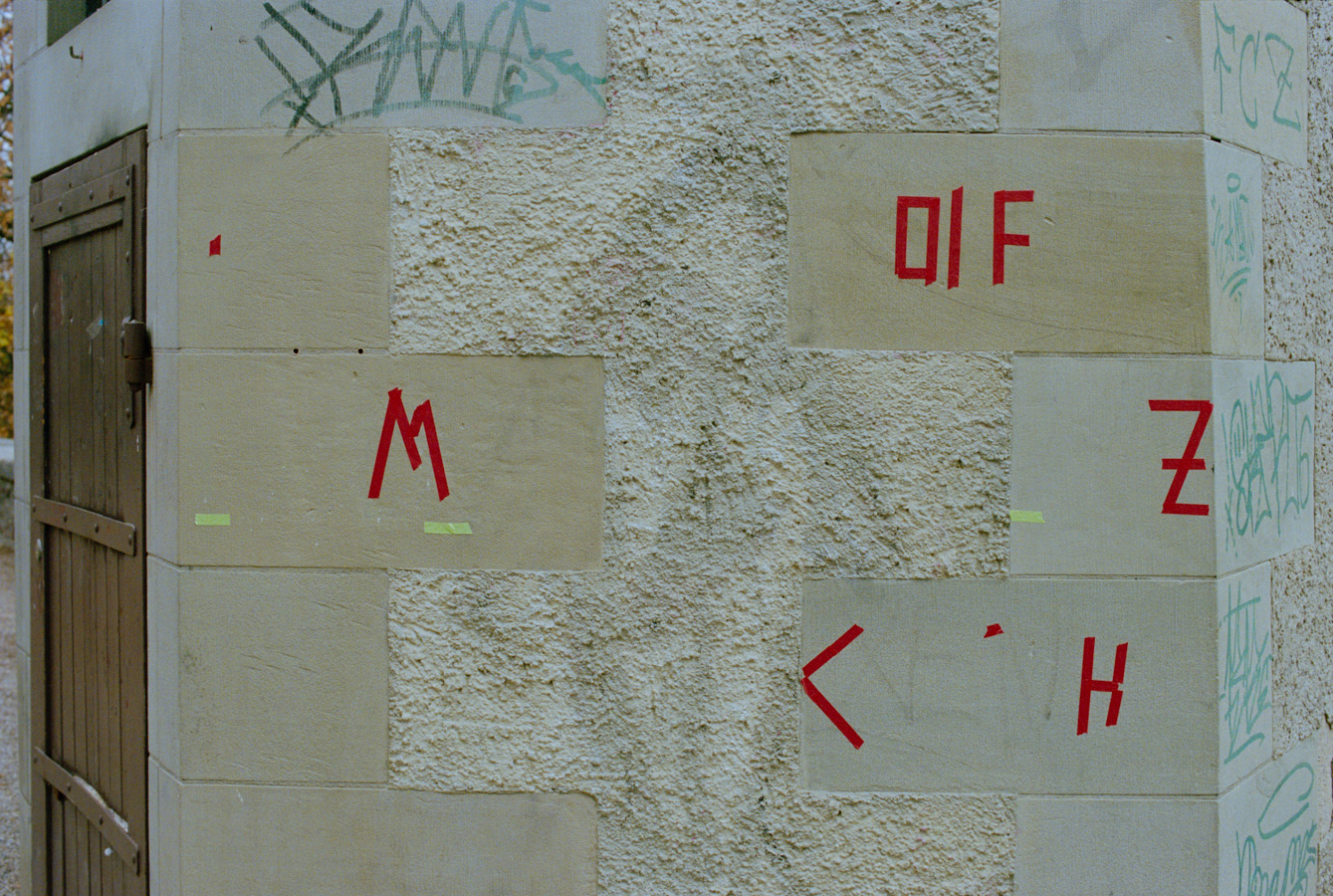
SS: The photographs in Fernweh were taken in Switzerland after a writing residency and subsequent revisits to the country. You brought with your trip a knowledge of art history and the pictorial representation of landscape painting, and during your time there and as can be seen in the images, mountain vistas are both seen and reflected everywhere, in tourist information, in advertising, in product branding. Bearing in mind these powerful visual references are somewhat muted by their hypervisibility, which you draw attention to as well as deliberately overlook, if you will, seeking the blind spots, turning towards the non-spaces of place and in composing a full frame, flattening depth. How difficult was it to find ways of seeing in an otherwise saturated landscape which then began to provide balance and form a coherent whole?
TC: Stretching it out over several years certainly helped. I could look and go away, and return to look again. The landscape is frankly overwhelming and to begin with, it was impossible not to simply surrender to that and make lots of pretty pictures. The final form of the project, as it turned out, still has many beautiful vistas in it, for ugliness is not somehow more true or more intellectual than beauty. Part of the beauty that was retained had to do with looking directly at the imagery that was rampant in Switzerland itself—the ads, posters, calendars—and playing with that. Some of these images are ironic and not-ironic at the same time, but none of them are sarcastic. This is ultimately a loving project, there’s a tenderness at its heart, and I found that sometimes a gorgeous landscape is as valid an image as is a corner of a room.
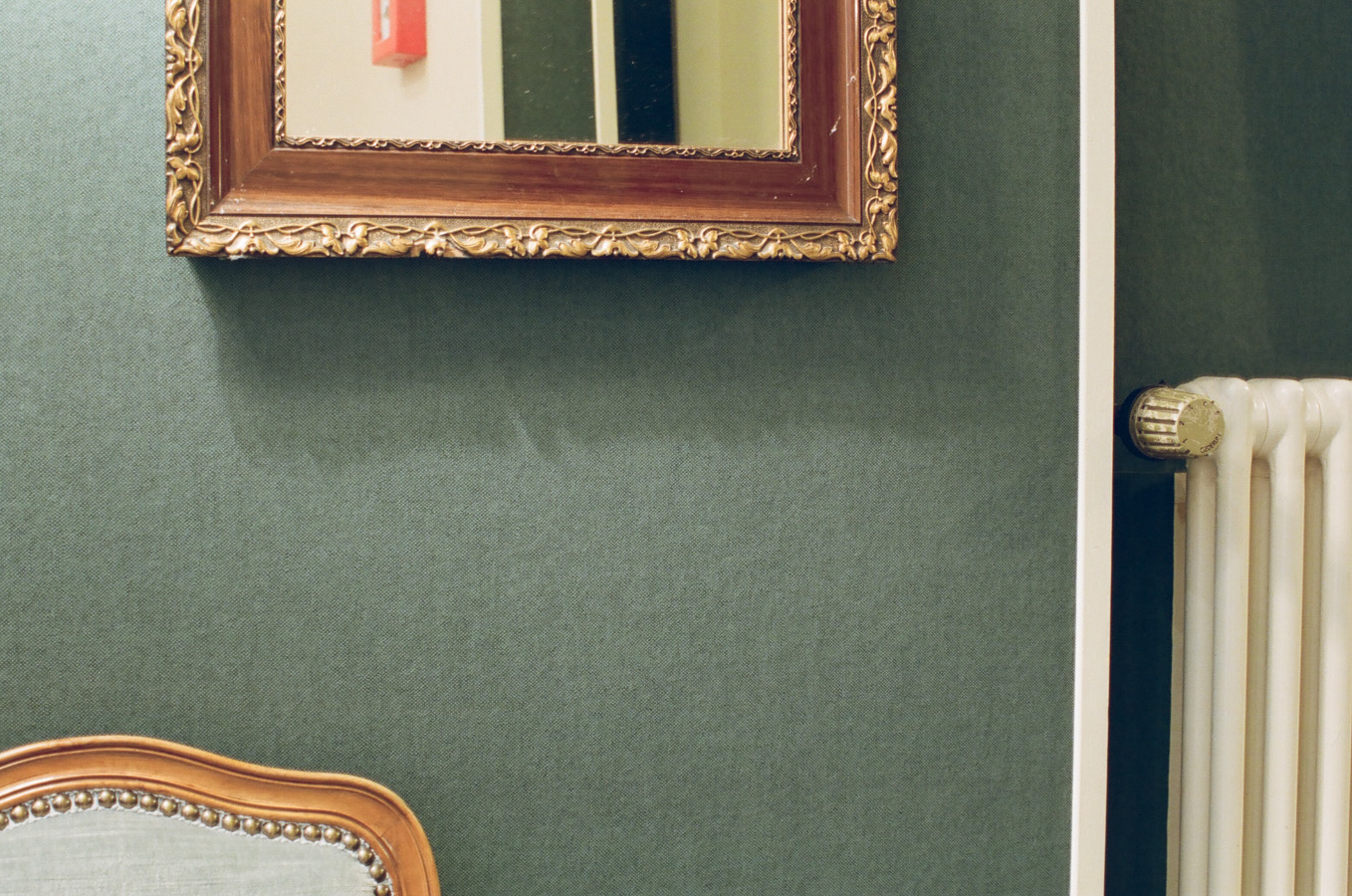
The other thing your question brings to mind is Pieter Bruegel the Elder, whose work preoccupied me quite a bit during my art history studies, many years ago. Bruegel was painting in the Southern Netherlands in the mid-sixteenth century which, then as now, was a very flat terrain. But his work contained a lot of mountainous vistas, and his first biographer, to account for this, said that when he crossed the Alps on his study trip to and from Italy, he swallowed up the mountains and rocks, and spat them out upon his return. On repeated trips to Switzerland, I too have swallowed lots of mountains and rocks. I have transformed them and they’ve transformed me.
“Part of the beauty that was retained had to do with looking directly at the imagery that was rampant in Switzerland itself—the ads, posters, calendars—and playing with that.”
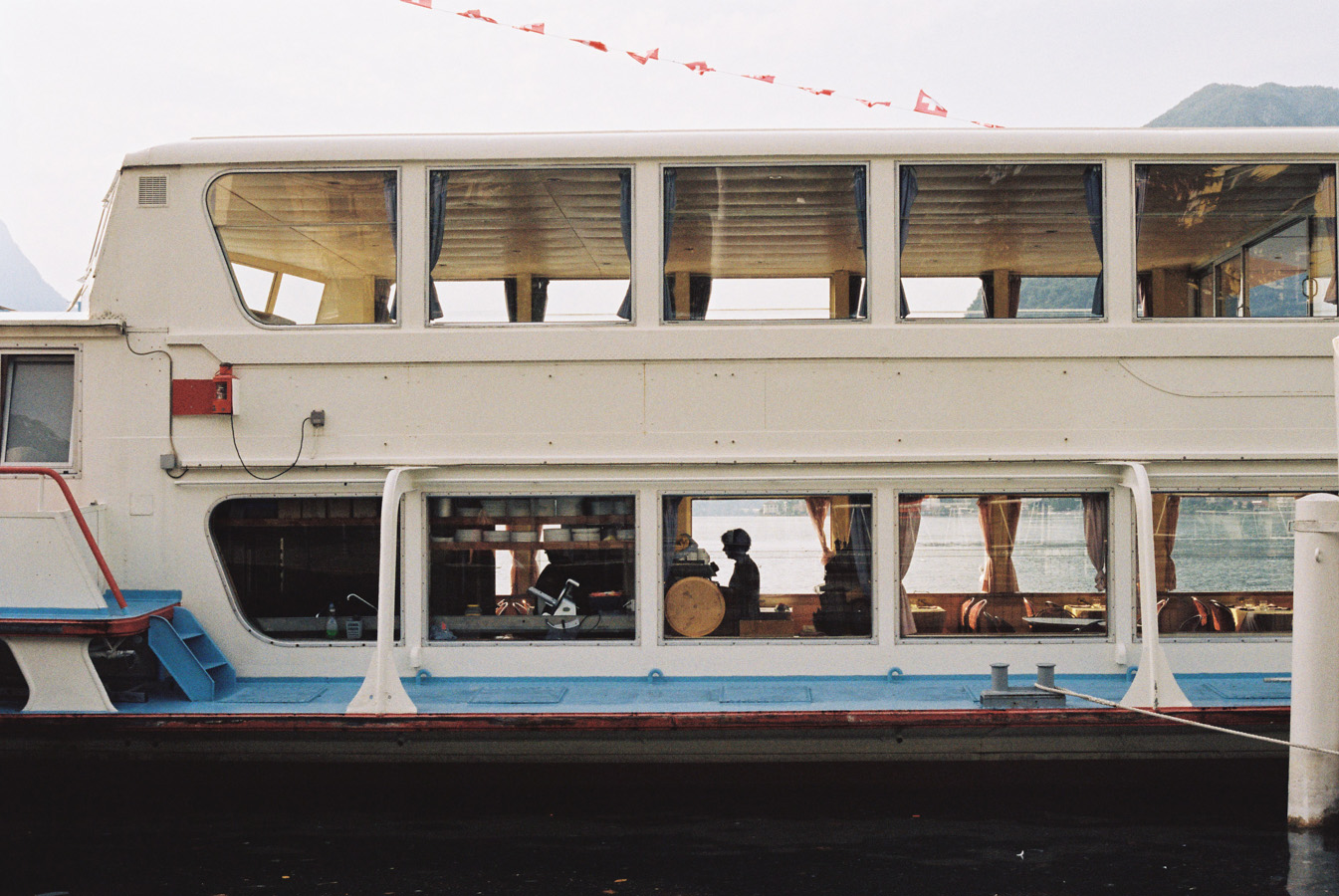
SS: I like the notion that we consume our subject matter in art only for it (and us) to re-emerge back into the world transformed. It implies an embodied experience not something mechanical or purely cerebral. To sustain such a study of place can only come from a love of being there. The title reflects this too, Fernweh’s meaning as stated in the book is the opposite of homesickness, instead, a longing for a faraway place. It is a beautiful, poetic sounding title, which in its translation as a ‘longing’ suggests a love affair with a mythical place. In contrast to your daily reality, is that what the Alps of Switzerland had evoked or is that what their effect on you became?
TC: Yes, I grew to love it in this very specific way: I loved my idea of it, and my temporary idea of Switzerland, a temporary but repeated idea. I wouldn’t want to actually move to Switzerland, not because there’s anything wrong with it that makes me rule it out, but because it is the far-awayness that I love. It would be a pity to live there and not be able to long for it.
As for whether one has to love a terrain to photograph it, I’m not so sure. Anger, disappointment, ambivalence, as well as love, can all motivate a project. The only thing that doesn’t really work is indifference, I think.
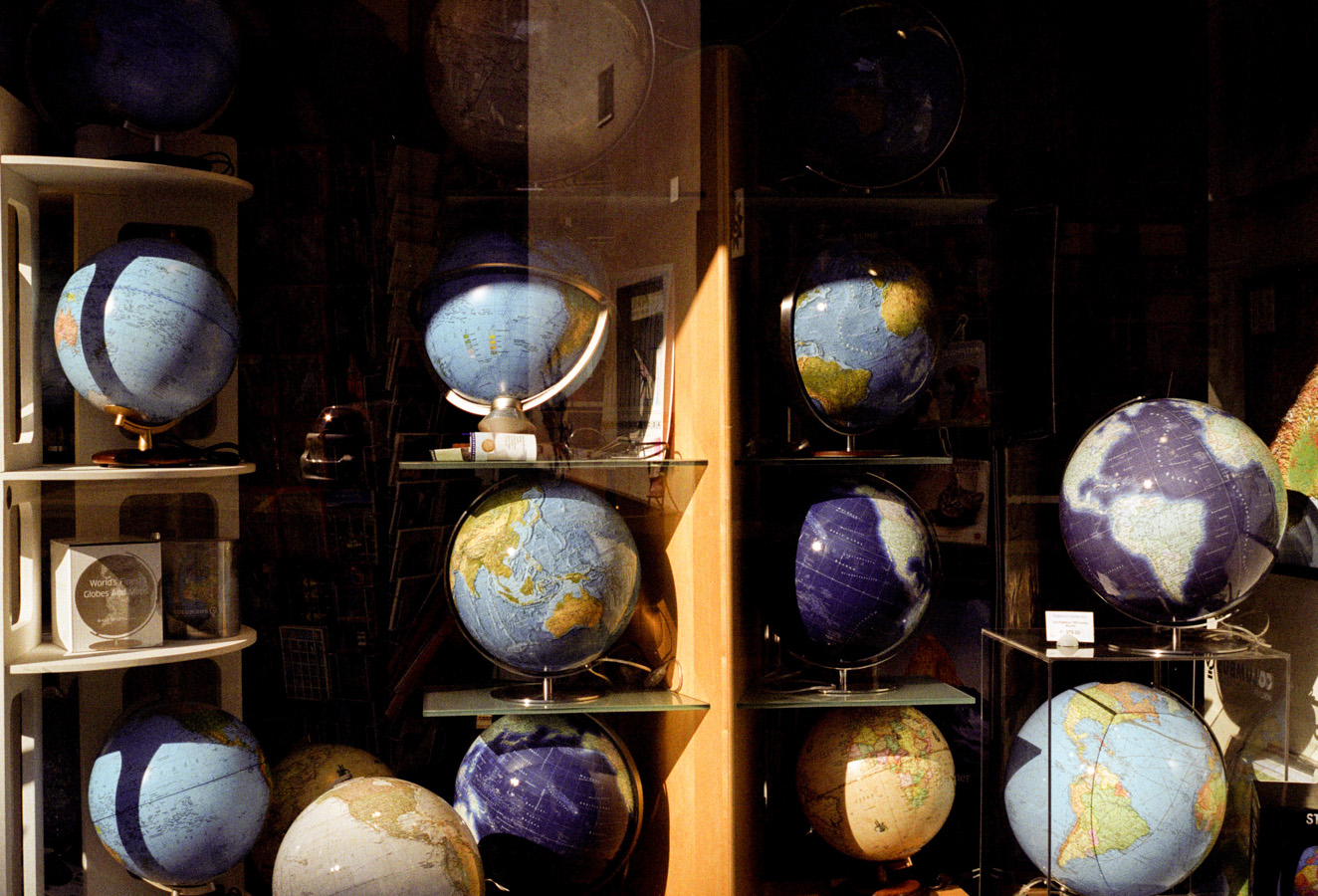
SS: There is one image in Fernweh that particularly caught my attention. It is one of only a few photographs that feature people. A black woman sits on a tour boat, there is no indication of anyone with her, except the photographer who shoots the picture. It is nothing out of the ordinary. I also understand in an early press release of this book, there was originally a reference made to James Baldwin, who was also part of a story that was connected to the Gemipass photograph. As a person of color, I am drawn to such subtexts and motifs if they appear. It is quite usual that when work is produced by another person of color, to paraphrase Rasheed Araeen, ethnicity, some kind of assertion towards a subjective black experience or identity politics is “worn like a badge” or is expected as a form of cultural capital. Yet, in this work, it is absent, it is not something you have chosen to include. To see people of color in Switzerland is not widespread, but neither is it rare. I am not implying that this work needs to be racialized, on the contrary it is much stronger no being so, and my own belief is that our color should not determine what kind of work we want to make. But I wanted to take this opportunity to ask you about your thoughts on this topic, how it encroaches on your photographic work and whether that image of the black woman on the boat, was in fact a very discreet reference to your own experience or that of Baldwins when he visited Switzerland?
TC: I appreciate the care implicit in this question. I also think it is one of those questions that is so well-considered and thorough that it proleptically anticipates the response. And so, I won’t give too direct an answer. I’ll only say that each image in this book functions as part of a sequence, whether to continue that sequence (“oh, I see what he’s doing”) or to disrupt it, thereby creating a new way of understanding what was already seemingly understood in the sequence. But to that I’ll add that the woman on the boat is, in that moment, as natural a part of the Swiss landscape as I am, which is to say: absolutely so. As you yourself put it, “It is nothing out of the ordinary”—though I think we both recognize the necessarily shifting and politically-charged nature of what the “ordinary” is.
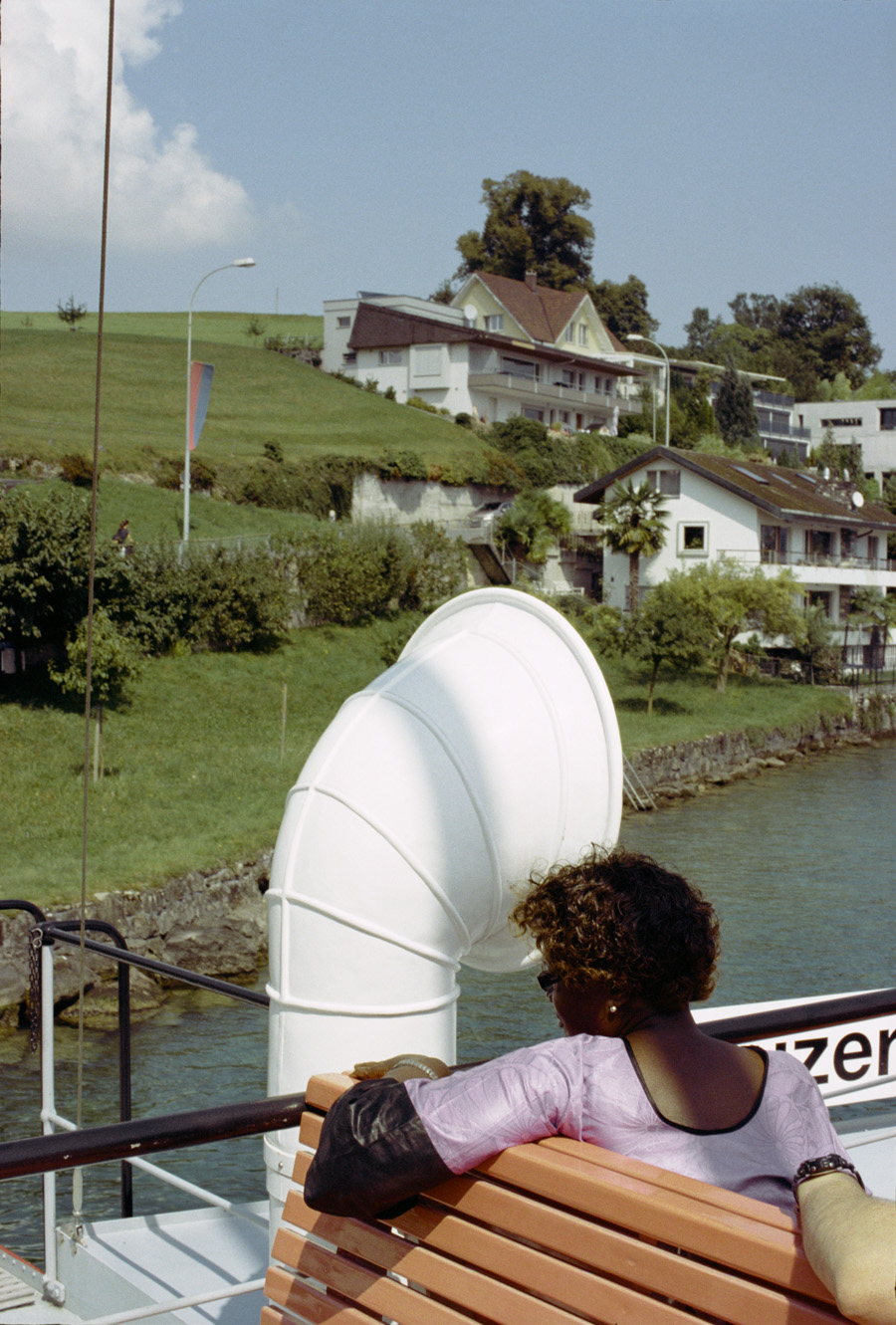
SS: Thank you for that response. It leads me to the conclusion that Fernweh is so completely devoted to the photographic process, from conception through to its finishing. The fragmentary text, through its historical origin, Switzerland: A Handbook for Travelers by Karl Baedeker (1872) alongside this thoughtful photographic sequence of discovery provides the feeling of a timeless journey. Fernweh could perhaps be thought of as a contemporary re-work of a classic travel book. To finish with, can you tell me about the journey of making the book, how the production processes with MACK and designer Morgan Crowcroft-Brown all came together to create this wonderful outcome?
TC: “Travel book” is right, and in fact when I first traveled in Switzerland, I intentionally used an old travel guide (a Blue Guide Switzerland from 1992) because overlaying those out-of-date descriptions onto the contemporary landscape charged what I was seeing with new intensity. And when I came to Fernweh, I decided I’d go for an even more radical version of the same idea, and set my twenty-first-century photographs against fragments of nineteenth-century text.
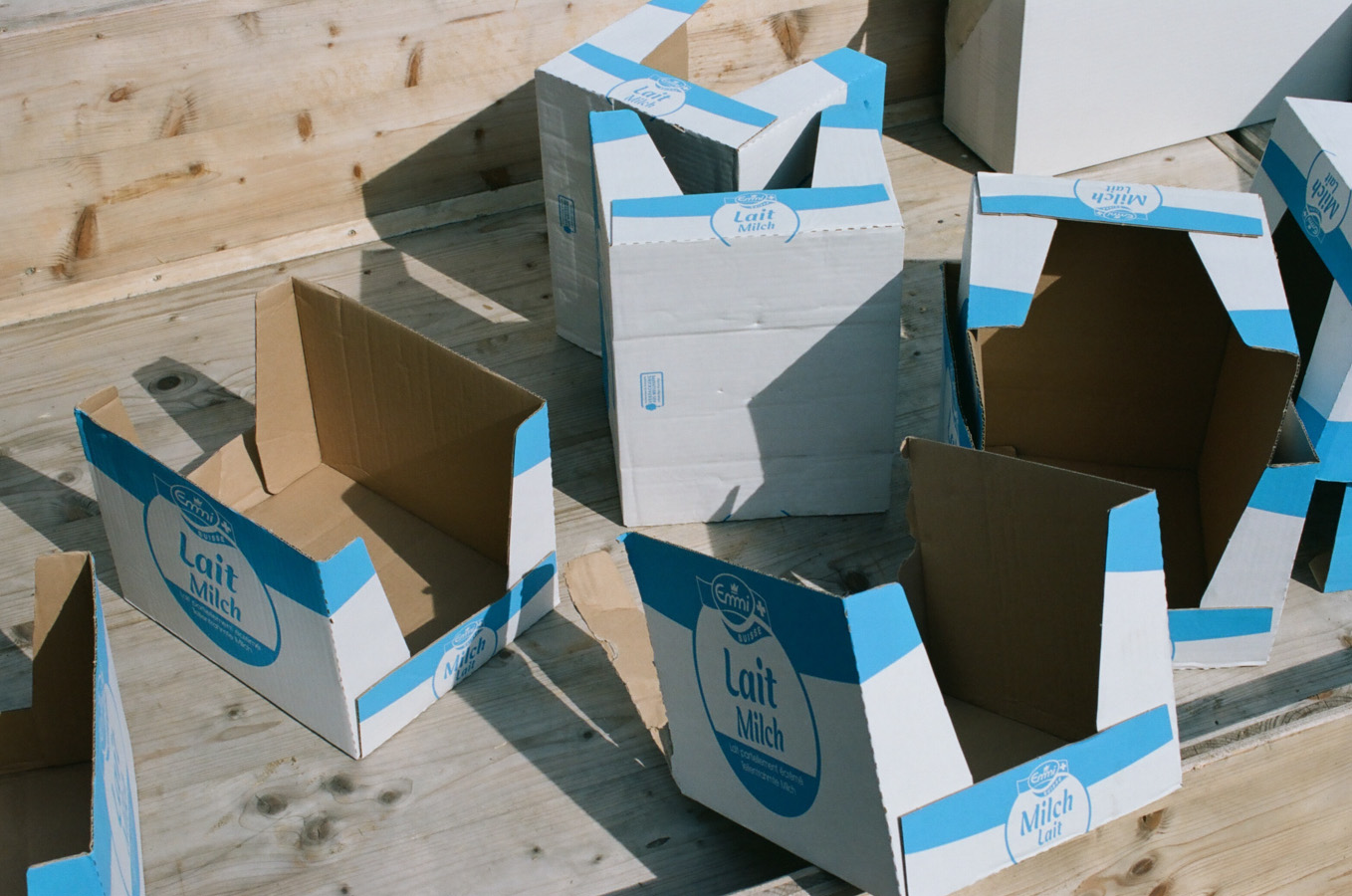
A manuscript is not a novel, and in the same way, a pile of pictures is not a photobook: to accomplish the finished thing is always the work of many hands. I think I ought to name some of the people involved in this one. Many of the sequencing edits were sent out to friends for their detailed comments. Kathy Rong Zhou, who works at my studio, helped me with many practical things. And then, near the end, I was working closely with Michael Mack on yes/no questions about individual photographs and overall conception. And, yes, finally, it was with the designer Morgan Crowcroft-Brown at MACK that many key decisions were made: the red of the cover to evoke Switzerland’s flag; the trim size which is long like those classic color posters for skiing or rail journeys; and our long discussions in Italy when we were on press, discussions about the color balance on each image, the density of black, and so on. It was a very focused, very concentrated journey, and all of it was to make this rather quiet and idiosyncratic object. For me, there’s genuine rebellion in that, and I hope it’ll find its way to those who like such things.
Thanks Sunil, for the opportunity to think together about these things, and for the many kind words.
Teju Cole
MACK
(All Rights Reserved. Text @ Sunil Shah & Teju Cole, Images @ Teju Cole.)
